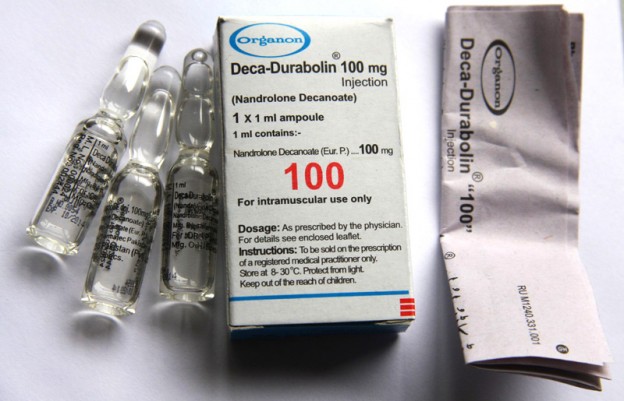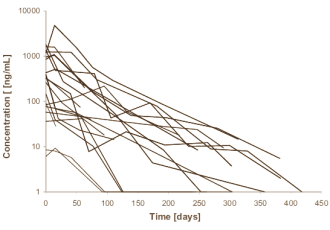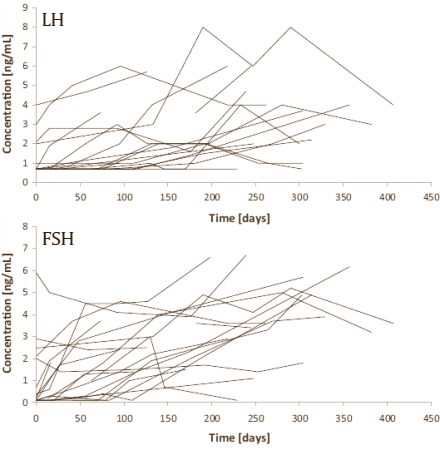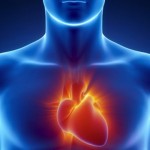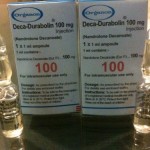Testosterone Recovery After Deca-Durabolin
Blog Entry #56
By Admin – Steroidal.com
When it comes to negative side effects associated with anabolic steroids, some are far worse than others. Deca-Durabolin, perhaps one of the most popular anabolic steroids ever used, and still widely used, is known as mild compared to other commonly used androgens. The parent hormone is Nandrolone and is found in both Deca-Durabolin and NPP (Nandrolone Phenylpropionate) and it doesn’t seem to come across as a harsh hormone to use from years of medical data and reports from steroid users. Acne, hair loss, aggression, increases in blood pressure and drastic changes in lipids, kidney function and liver values are not usually attributed to Deca Durabolin use. But there is one side effect that it exerts significantly, and that’s testosterone suppression or inhibition.
When an athlete or bodybuilder uses anabolic steroids, endogenous testosterone function will decrease from use. Different compounds effect testosterone production to varying degrees, but Nandrolone, or Deca-Durabolin is perhaps the most powerful of all commonly used anabolic steroids with Trenbolone. “Deca dick” is a known side effect or slang term given to erectile dysfunction, which has affected a large degree of steroid users and questions spear on large steroid forums daily. Due to the speed of which Deca can suppress natural testosterone production recovery post cycle can be harder than most steroid cycles not containing Deca-Durabolin.
Today we’re going to look at a study that looked at 21 men who had been taking Nandrolone Decanoate (Dec-Durabolin) and their recovery efforts after coming off of anabolic steroids. The study was conducted in Sweden at the Karolinska Institutet. The researchers found the subjects through an anti-doping hotline setup to help steroid users in Sweden. They state that the participants had “a genuine will to stop using anabolic steroids.”
Deca-Durabolin is Nandrolone with the Deconoate ester attached allowing it to stay active for 21 days; however, its metabolites are present far longer in the body. 19-norandrosterone and 19-noreticholanolone appear to remain active for months after use, this may shed light on why its so hard to recover natural testosterone levels. Deca-Durabolin is also known to last in an athletes blood for over 12-16 months which makes it a very bad choice for athletes or bodybuilders in tested sports.
The figure above shows the concentration of 19-norandrosterone in the athletes’ urine. A full six months passed and the Nandrolone users were tested again. The Swedish researchers found that 80% of Nandrolone metabolites were still evident. After a full twelve months had passed, the researchers had unfortunately lost track of some of the original subjects. However, four remained and were tested twelve months after stopping Deca. Surprisingly, two of the four tested positive for Nandrolone, meaning they would fail a doping controlled sport.
Importantly, the Swedes also tested levels of leutinizing hormone (LH) and follicile stimulating hormone (FSH). LH and FSH are responsible for stimulating the testes (leydig cells) to secrete testosterone. In the figure above you’ll see that LH and FSH were still rising over 12 months after Deca-Durabolin cessation, confirming reports its one of the hardest anabolic steroids to recover from.
Limitations are that this study did not state a post cycle therapy (PCT) was used by any of the steroid users. This is where anti-estrogen use helps the body reover from a steroid cycle. We recommend all steroid users conduct a full PCT after using anabolic steroids whilst combining them with an aromatase inhibitor and also human chorionic gonadotropin (HCG) to help maintain testicular size and function. HCG is suggested at 250-500ius per week or every 3-4 days. If side effects occur, or testosterone recovery isn’t possible or problematic, seek the guidance of a physician or endocrinologist.
Source:
J Steroid Biochem Mol Biol. 2011 Aug 22.




